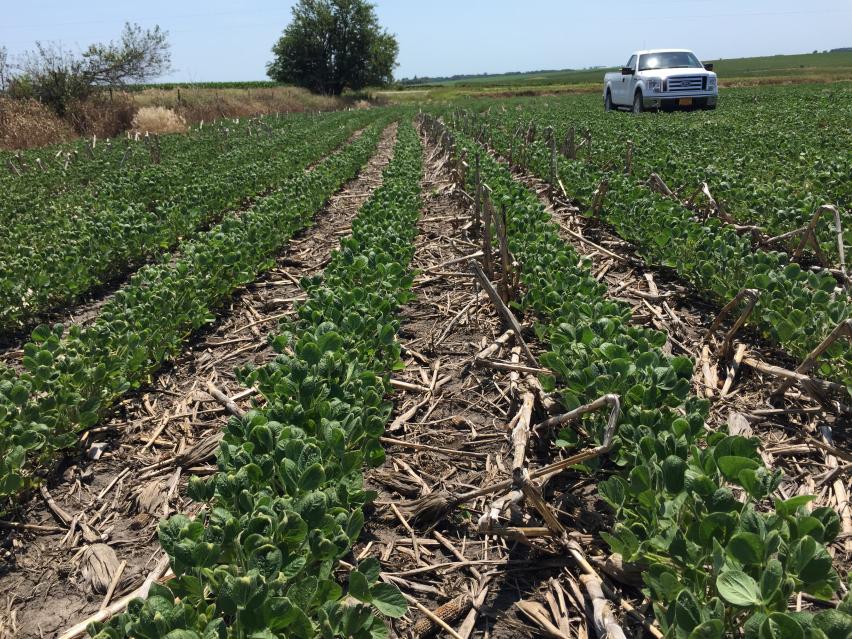Off-Target Dicamba Injury: The Iowa Experience
By Dr. Bob Hartzler

Dr. Bob Hartzler is a professor of agronomy and an extension weed specialist. He conducts research on weed biology and how it impacts the efficacy of weed management programs in corn and soybean. Dr. Hartzler also teaches undergraduate classes in weed science and weed identification.
The problems experienced with off-target movement and injury in states south of Iowa, particularly Missouri, Arkansas and Tennessee have been well covered in the press, but there has been little discussion of problems in Iowa. Unfortunately, the lack of press does not mean everything has gone smoothly in the state. While I don’t know the percentage of Xtend soybean fields experiencing problems with off-target movement, in my mind the number is too high.
The majority of off-target injury has been to soybean in the vicinity of Xtend soybean fields. This is due to soybean responding to much lower concentrations of dicamba than most other plants. I recently visited a site where soybean in at least three fields, managed by two different farmers, showed dicamba symptoms. The only dicamba used in the area was applied to an Xtend field upwind of the injured fields. I am not aware of any fields where the damage would be described as severe; however, in most fields I don’t think it is possible to know whether the injury will limit yields. In many cases the entire field shows damage, making it difficult to document yield effects.
As of July 7, the Iowa Department of Agriculture and Land Stewardship (IDALS) reported they had received eight drift/off-target herbicide complaints attributed to dicamba. The relatively low number of ‘official’ complaints could be taken as a good sign, but most farmers/applicators try to solve the problem without involving the state. The EPA requires companies with dicamba formulations registered for use on Xtend soybean (BASF, DuPont and Monsanto) to report all cases of non-performance and off-target injury. When these data are available, they will provide a better estimate of the frequency of problems than the IDALS numbers. However, I do not know how frequently the company is notified in these situations, especially when the injury level is low.
To summarize, off-target movement and injury to soybean has been common from fields treated with the new dicamba products. While ‘growing pains’ are often experienced when new products are introduced, the frequency and size of area affected by off-target dicamba movement is much greater than with other new products. Many other plants on the landscape are sensitive to dicamba, including fruits, vegetables, trees and other ornamentals. My concern is that as the acres of Xtend soybean treated with dicamba increases, the injury will become more widespread and not be limited to soybean.

Dicamba symptoms on non-Xtend soybean.
Editor’s Note: This article originally appeared in Iowa State University Extension and Outreach‘s Integrated Crop Management News.






